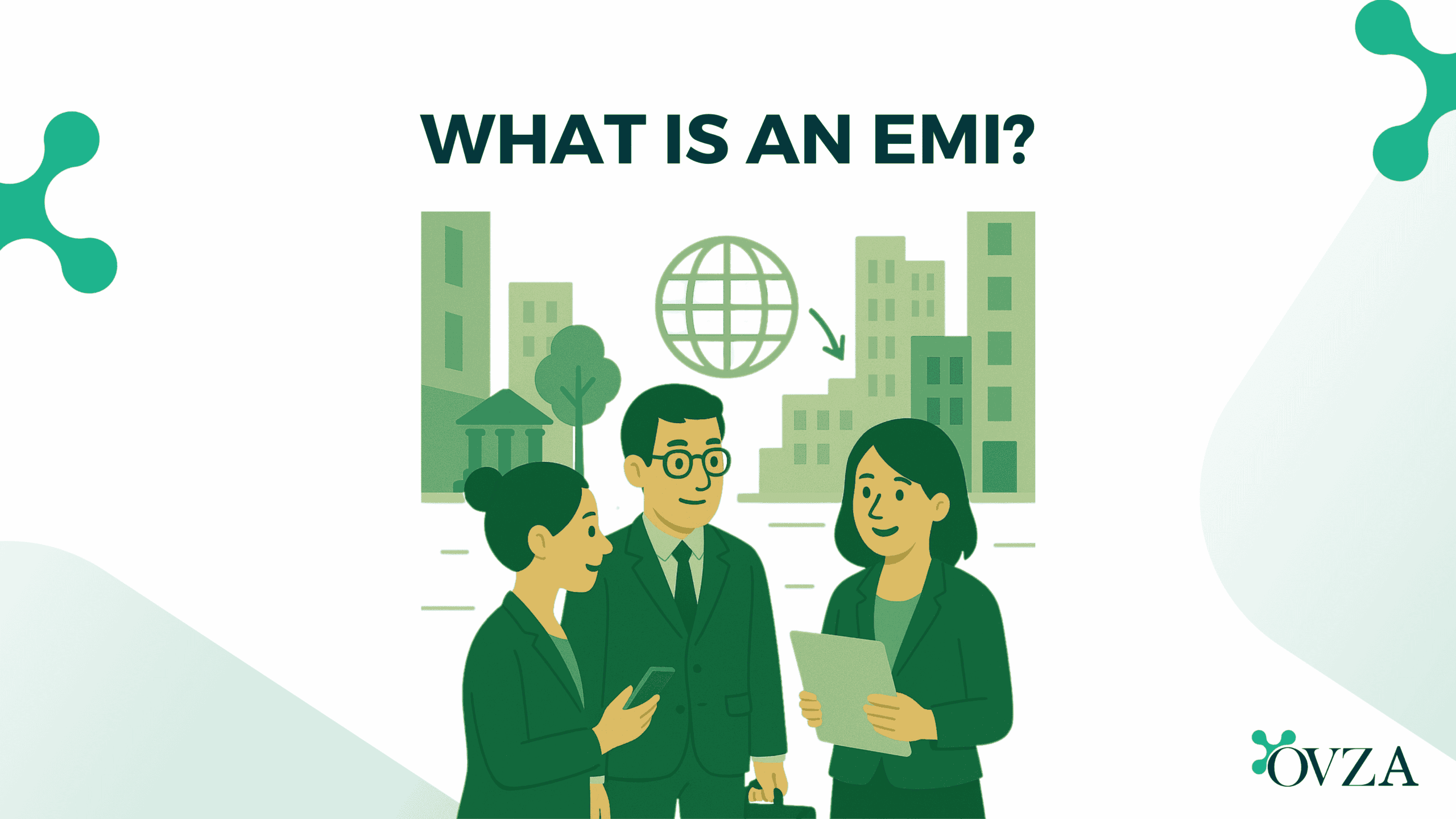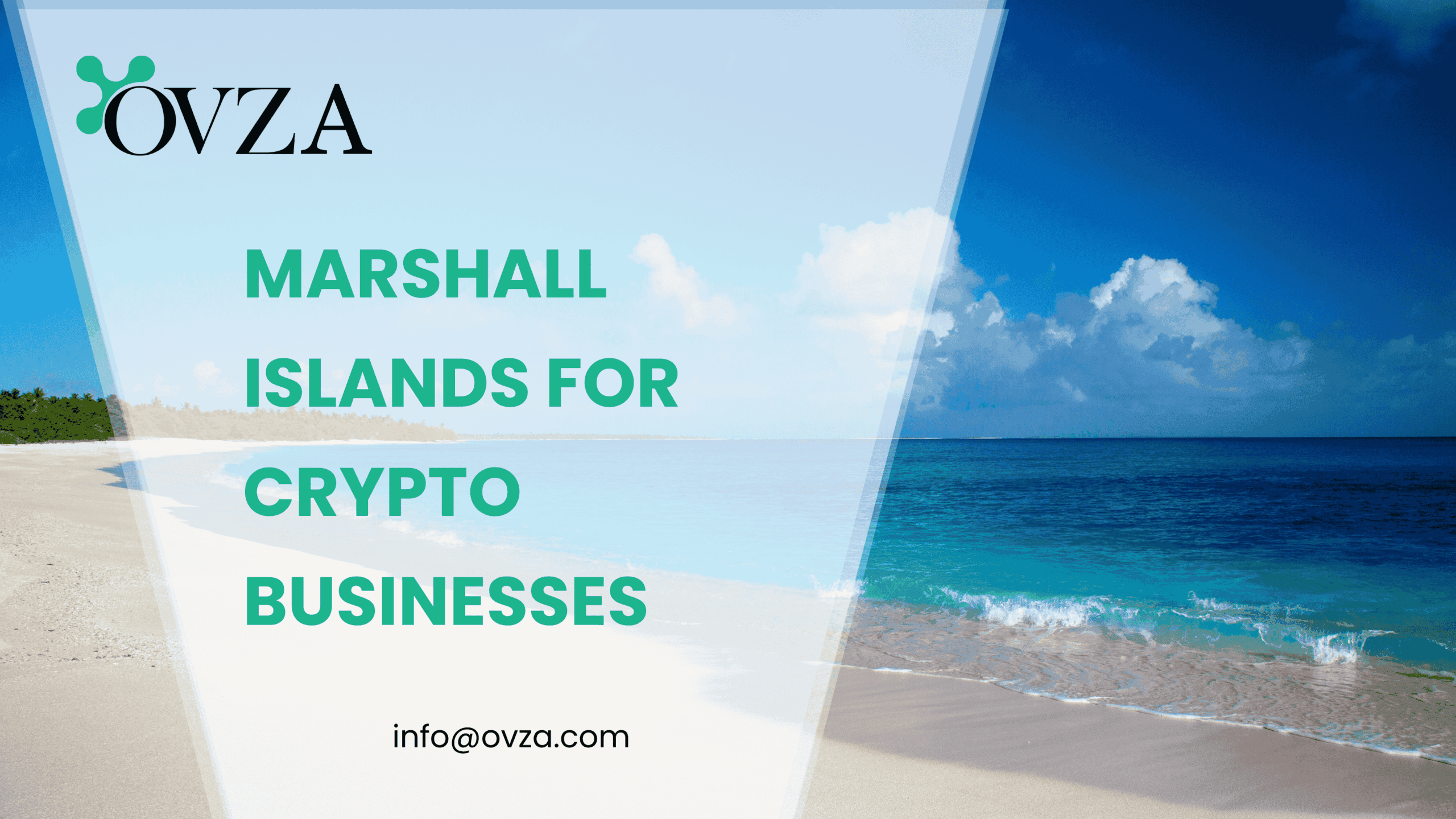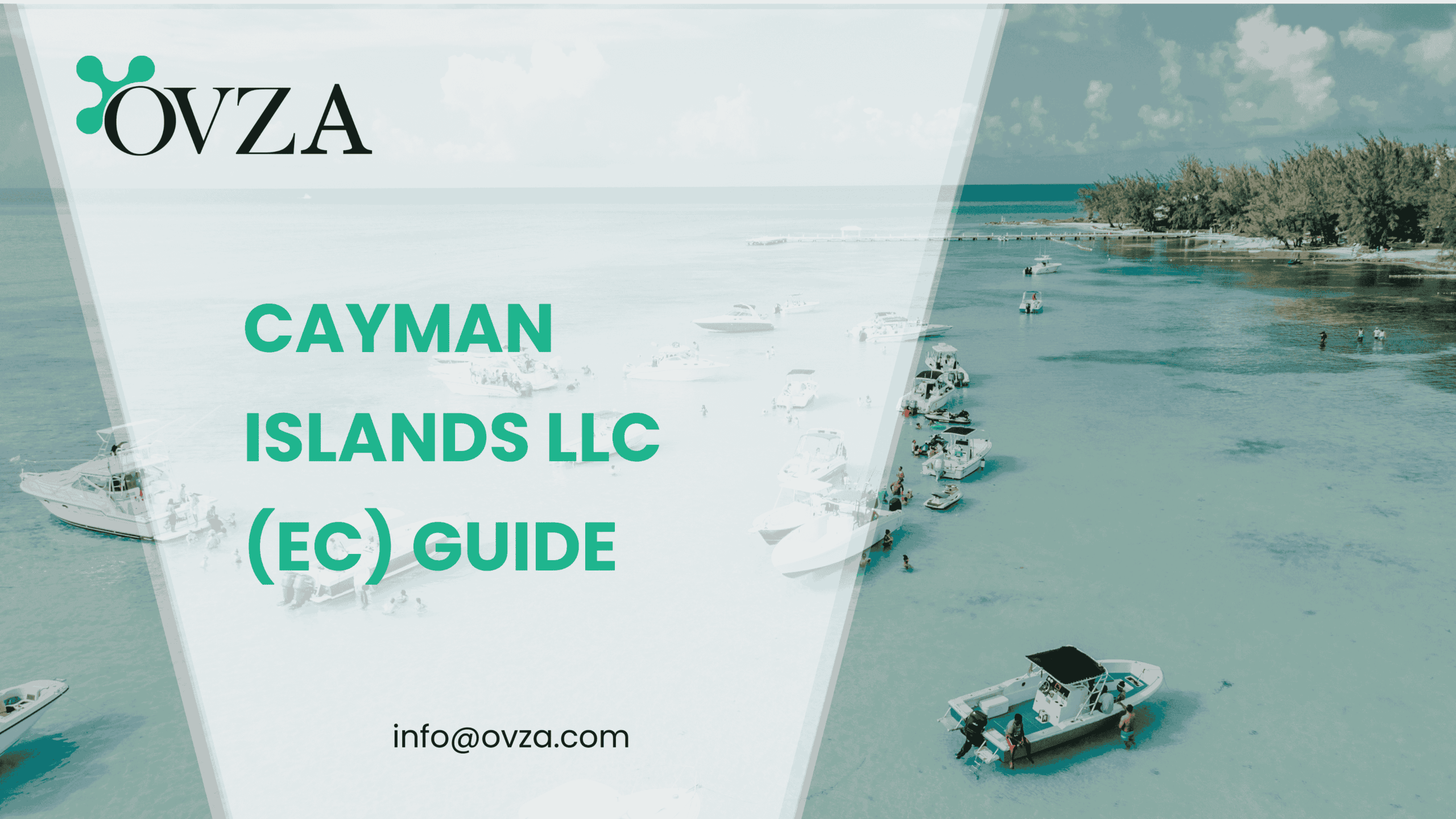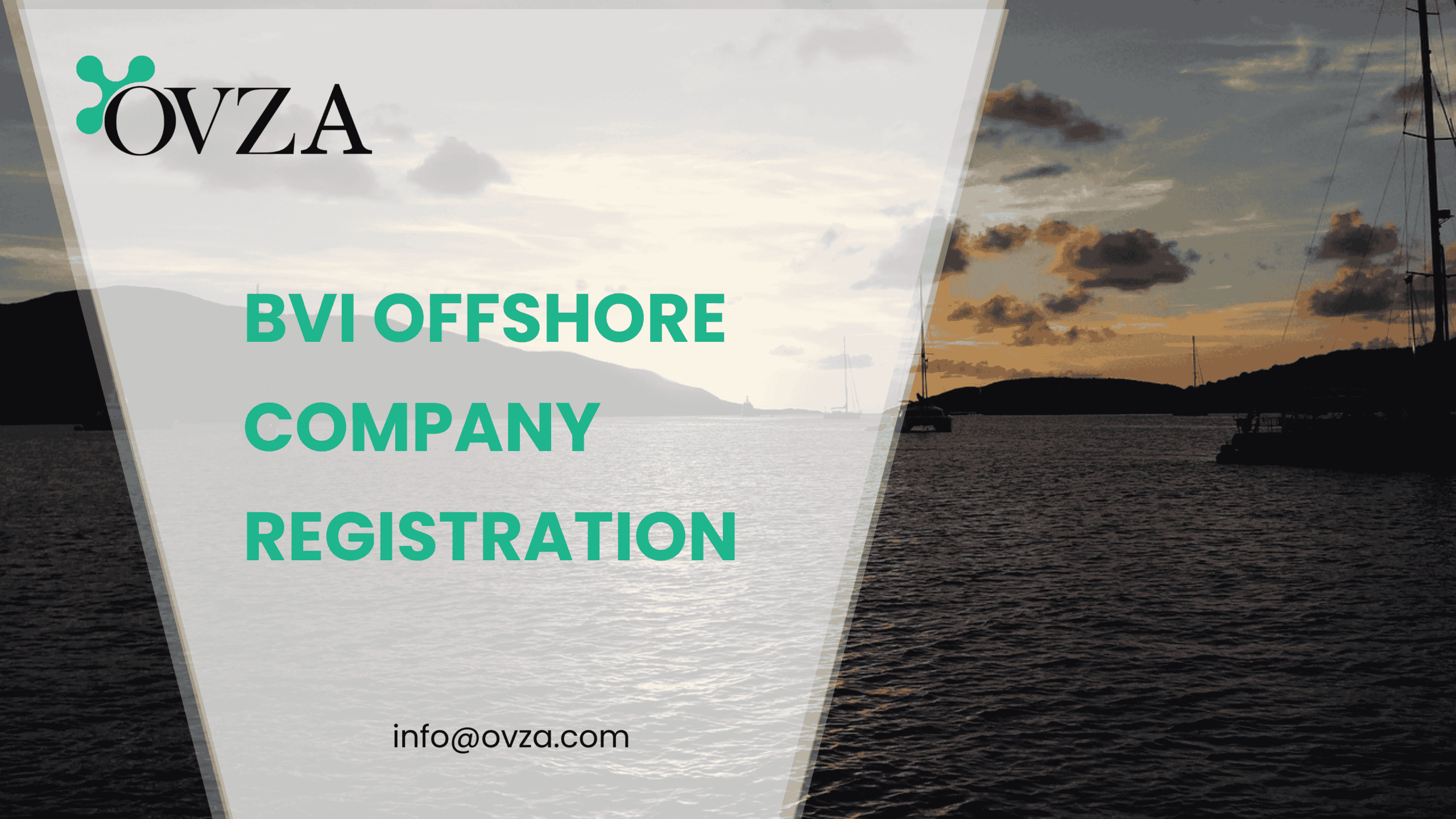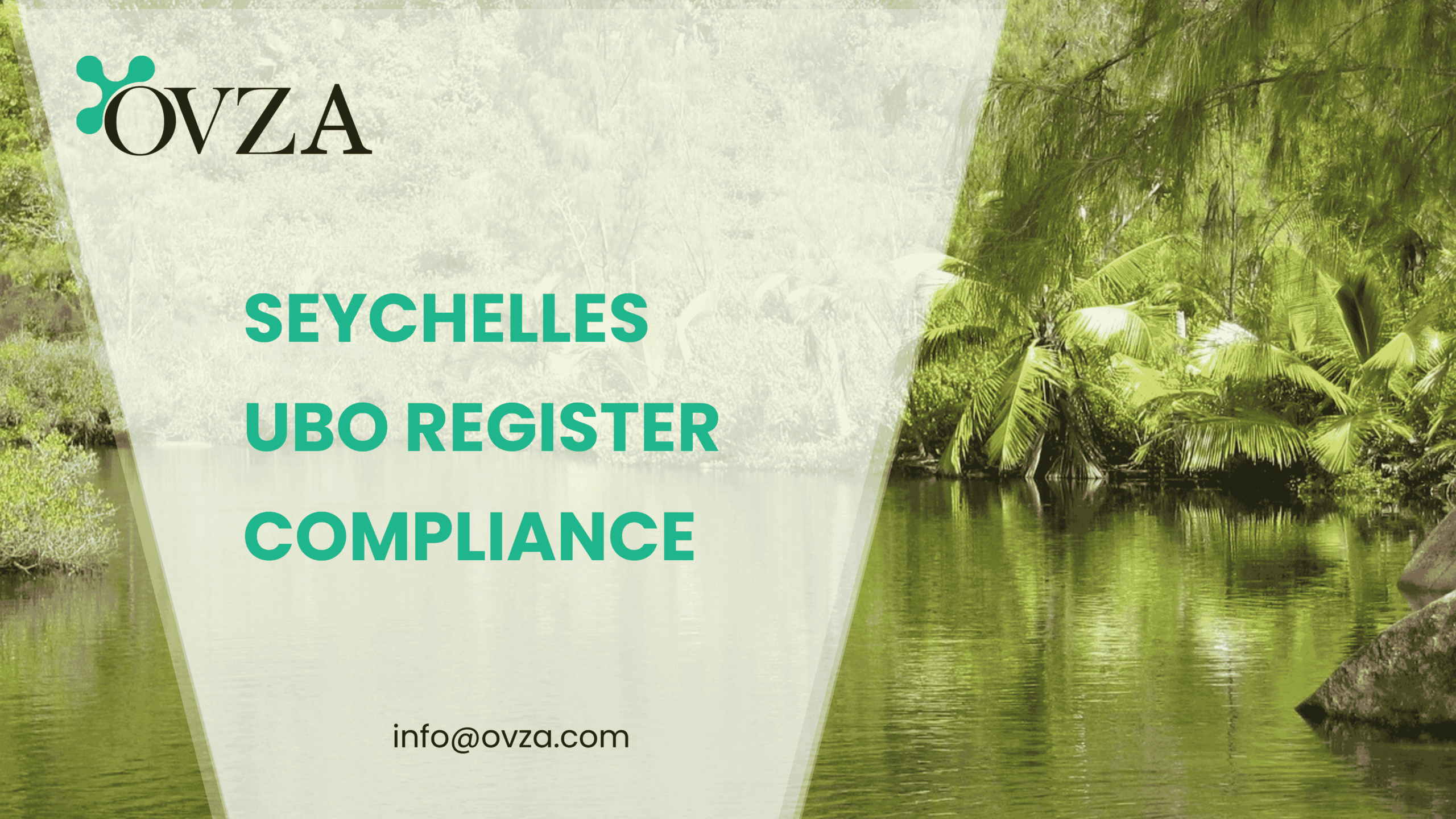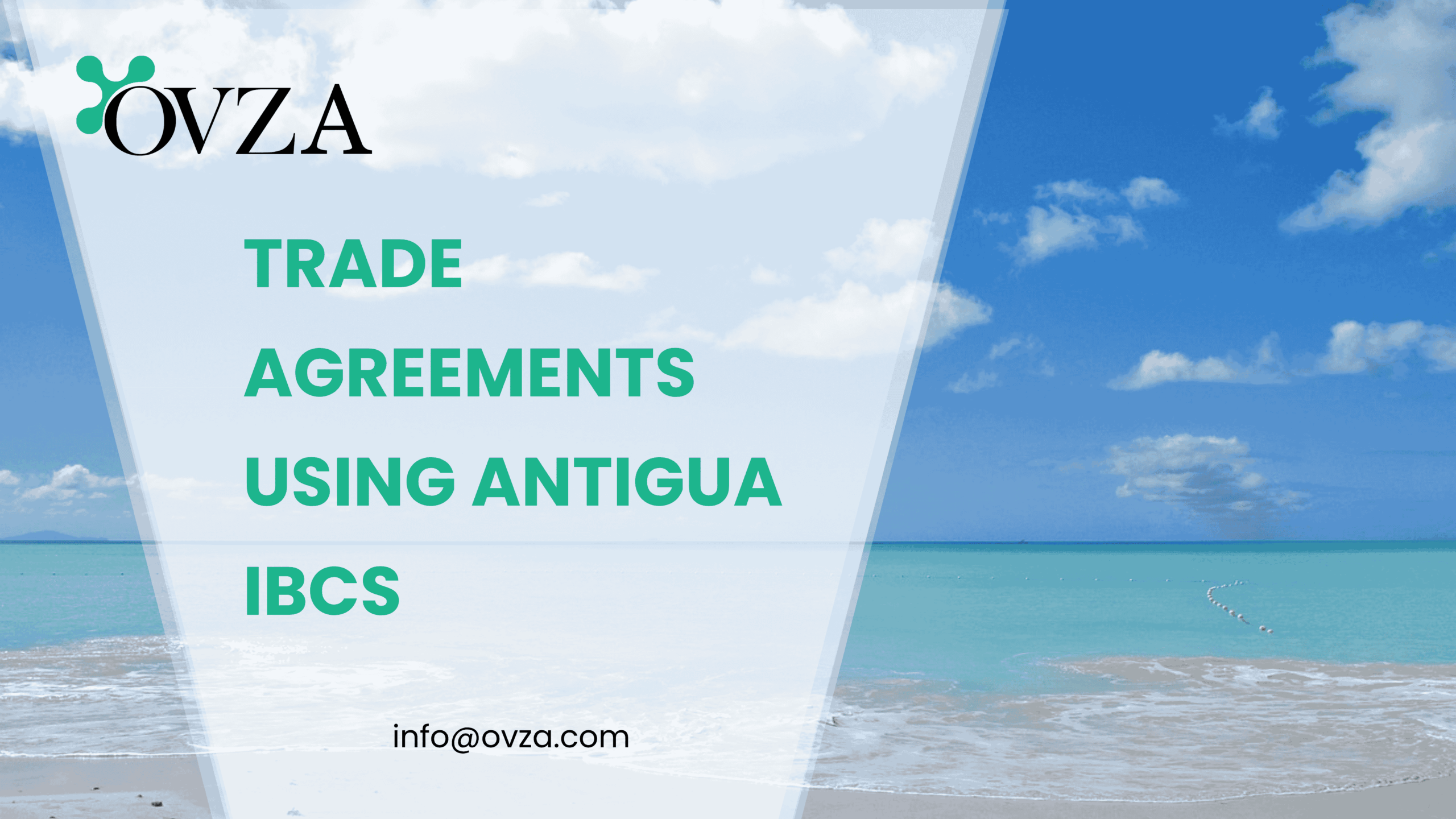Electronic Money Institution (EMI) licensing created a regulated way to issue stored value and move money across borders without being a deposit-taking bank. An EMI focuses on account issuance, payments, and FX under a defined EMI license, while client funds are safeguarded rather than deposit-insured. For founders, CFOs, and counsel, the attraction is fast, compliant access to IBAN/SWIFT/SEPA rails at a lower operational cost than traditional banks.
Properly structured, an EMI account can anchor treasury for holding companies and SPVs so long as statutory compliance and record-keeping are taken seriously.
What the EMI License Actually Covers
In law, an EMI is a non-bank financial institution authorised to issue electronic money and provide payment services. In the European framework, the EMI license sits under the Electronic Money Directive (EMD) alongside PSD2 for payment services; in the UK it is implemented through the Electronic Money Regulations 2011 with the FCA as supervisor.
The essential difference from a bank is the prohibition on taking deposits and lending from those balances: an EMI may issue e-money redeemable at par and move funds, but it cannot intermediate them as loans.
Because an EMI license is payments-centric, the core permissions are account issuance, money remittance, acquiring, and currency conversion. Safeguarding rules require client funds to be held in segregated accounts with credit institutions or invested in secure assets, reconciled daily, and protected from the firm’s creditors. Unlike a bank, balances are not covered by a state deposit-guarantee scheme; the protection is legal segregation plus prudential oversight. This model is why an EMI can often integrate with multiple correspondent banks simultaneously, offering broader corridor reach than a single house bank.
What are the benefits of using an EMI?
For cross-border businesses and holding companies seeking to open offshore bank account capabilities quickly and cheaply, EMIs deliver flexibility that traditional banks can’t. The biggest advantage is multi-bank interoperability: an EMI can maintain safeguarding and correspondent relationships with several credit institutions at the same time. Payments are routed through whichever partner bank offers the best corridor, cut-off, or risk appetite, so you get one account front-end with access to many rails. By contrast, a traditional bank largely confines you to its own network, pricing, and policy; if that single house tightens controls, you’re stuck.
EMIs also offer resilience to policy shifts. When a traditional bank revises its risk appetite, it may freeze corridors or even offboard entire client segments. With an EMI, the institution generally swaps or rebalances partner banks behind the scenes, preserving your account credentials and day-to-day continuity. In practical terms, that means fewer emergency re-onboardings, fewer “relationship letters” to counterparties, and less disruption.
Cost and speed matter in the hunt for the cheapest offshore bank account equivalent. Because EMIs don’t run lending books or deposit insurance schemes, their operating model supports lower entry costs, faster onboarding, and transparent FX/transfer pricing. Many provide virtual IBANs in multiple currencies, and named accounts.
Finally, EMIs are fit-for-purpose for modern compliance. Safeguarding rules require daily reconciliation and legal segregation of client funds; KYC/AML controls mirror banks; and tax self-certifications (FATCA/CRS as applicable) are built into onboarding. For an offshore holding company or SPV, the result is a payment stack that is portable, corridor-rich, and documentation-led, ideal for ring-fenced treasury, distributions, and exits.
Traditional banks still make sense when you need credit, complex trade finance, or deposit insurance, but for most cross-border operating needs, the EMI model offers broader reach, quicker activation, and fewer single-bank bottlenecks.
EMI vs Traditional Offshore Bank: Key Differences
When you’re trying to open offshore bank account facilities at low cost, the choice between an EMI and a traditional offshore bank determines speed, resilience, and ongoing compliance burden. EMIs are payments-first: they issue accounts and route transfers while safeguarding client funds with multiple partner banks.
Traditional banks are balance-sheet institutions: they take deposits, lend, and clear primarily through their own correspondent network. This creates a practical split. EMIs usually reach more corridors, adapt faster when a partner’s risk appetite tightens (they can switch intermediaries without disrupting your front-end), and often deliver the cheapest offshore bank account functionality for payments and FX. Traditional banks still matter for credit, trade finance, and when you specifically need deposit insurance tied to that jurisdiction.
Below is a side-by-side snapshot you can use in internal memos or board packs.
| Dimension | EMI | Traditional Offshore Bank |
| License & model | Electronic money/payment services; no direct deposit-taking | Full banking license; deposit-taking + lending |
| Client money protection | Safeguarded in segregated accounts with credit institutions; not deposit-insured | Covered (if applicable) by a deposit guarantee scheme; classic bank custody |
| Correspondent access | Multi-bank interoperability (can use several partner banks/rails) | Mostly own network + fixed correspondents |
| Response to risk-appetite changes | EMI can quietly switch or rebalance partner banks; continuity preserved | Bank may freeze corridors or offboard; you reopen elsewhere |
| Onboarding speed | Typically faster, documentation-led (days) | Often slower, relationship-driven (weeks) |
| Up-front cost profile | Optimized for cheapest offshore bank account use cases (low setup; transparent fees) | May require minimum balances, package fees, relationship thresholds |
| Lending & credit | Not offered from client balances (no lending book) | Loans, credit lines, trade finance possible |
| FX & payments | Wide corridor coverage; API-friendly; virtual/named IBANs common | Strong SWIFT access; FX varies by bank policy |
| Portability | High—account stays while EMI swaps back-end partners | Lower—moving banks often means full re-onboarding |
| Regulatory posture | AML/KYC like banks; FATCA/CRS self-certs as applicable; daily safeguarding reconciliations | AML/KYC + prudential capital rules; FATCA/CRS where applicable |
| Best for | Holding companies/SPVs needing fast, low-cost payments, treasury, distributions | Entities needing credit, term deposits, or a “banking title” for counterparties |
| Main trade-off | No deposit insurance; no lending | Slower changes, tighter single-bank policies, higher friction/cost |
Conclusion
A smart offshore payments stack balances legal robustness with practical reach. For most holding companies and SMEs chasing the cheapest offshore bank account functionality, EMIs win on speed, corridor breadth, and resilience, because they can switch partner banks without disrupting your front end.
Traditional offshore banks still matter when you need credit, deposit insurance, or the signaling value of a banking title to satisfy counterparties. Whatever you choose, durability comes from clean KYC, documented commercial purpose, and ongoing AML/CTF discipline that matches your actual flows. Build the file once, keep it current, and your cross-border rails will remain fast, compliant, and defensible.
Disclaimer: The information provided on this website is intended for general reference and educational purposes only. While OVZA makes every effort to ensure accuracy and timeliness, the content should not be considered legal, financial, or tax advice.


